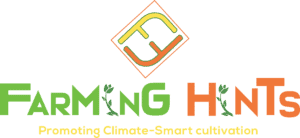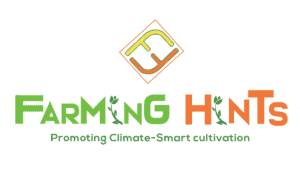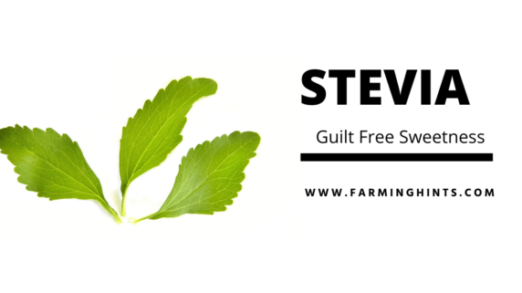Goat farming is considered one of the most profitable farming around the globe for meat and milk production which is equally popular in all agricultural countries. A significant increase of more than 50% in goats over the last 40 years is seen particularly in Africa and Asia. The global goat population has reached one billion. Their numbers are unchanged in the Americas, possibly a bit declining in Europe, but rising in the Mediterranean region, reflecting goat significant increase in numbers, which is a dual purpose that includes milk, meat, and fibre goats.
For hundreds of years, humans have been using goats for a variety of purposes in a variety of ways. The goat sector has received significantly less public and academic support than other animals such as cow milk, poultry, and beef meat. Despite their inherent qualities, goats’ economic and commercial potential is underappreciated.
When agriculture was INDUSTRIALISED and intensified in the twentieth century and trend shifted towards zero waste agriculture, goat activities were frequently MARGINALISED due to uncertain regulations. The dairy goat is a part of the global dairy industry and competes with cow, buffalo, and sheep milk products.
Although the majority of the world’s human population has an approach to goat milk in underdeveloped countries, still only 5% of milk is marketed. A seventy-five percent increase in animals was noticed in countries with low income, a twenty percent increase was noticed in high-income countries while in intermediate countries an increase of twenty-five percent was recorded.
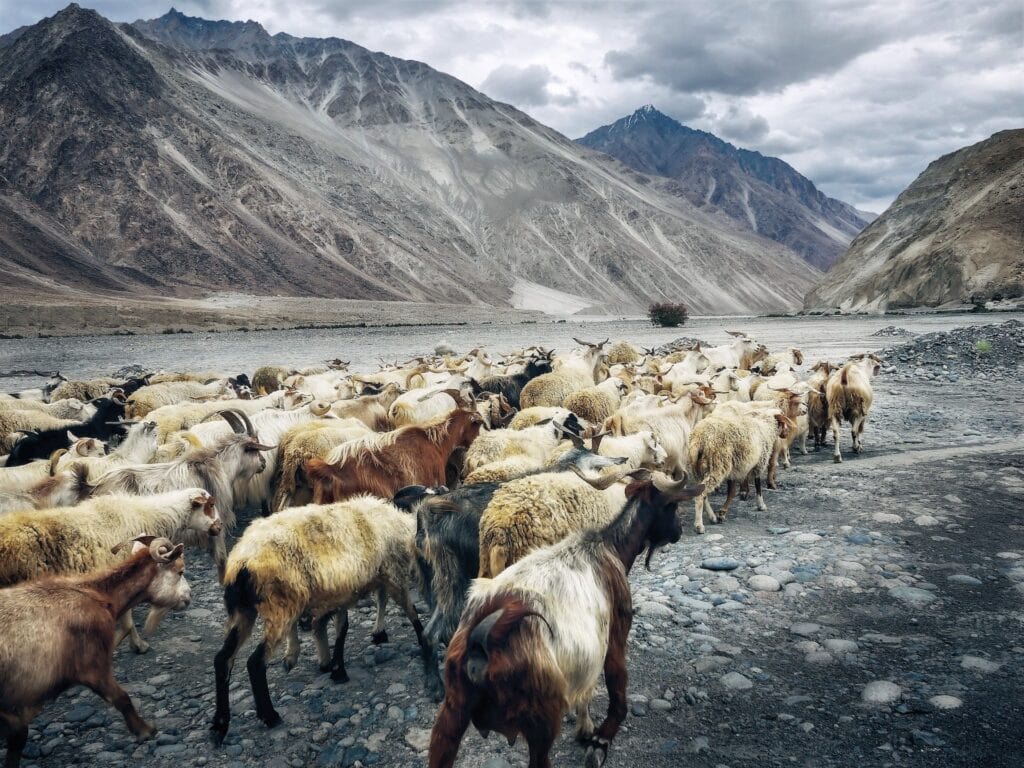
Species of Goats
If a female goat is less than a year old, she is named as doe or a doeling. Males are called to as bucks or buckling. Kids refer to young goats. Because of their small size and larger body surface area to body weight ratio, goats adjust well enough to hot conditions. Furthermore, their capacity to preserve body water, restricted subcutaneous fat cover, and hairy coats are useful survival characteristics in a diverse range of environments.
The Boer meat breed was initiated in South Africa. These goats are extremely adaptable and able to thrive in a variety of climates as well as production systems. The origin of the Kiko meat goats was in New Zealand.
Breeding of Goats:
The starting number of animals to start a business is very important. The recommended number of animals to start a small-scale business is thirty-nine. Moreover, the live animal should be sold on the weight of the animal in order to get a good price of the animal.
The main output of commercial goat farms was goat kids. The estimated child mortality rate ranged from 5.64 % -12.28% but in a small-scale business only. So, contrary to popular belief opinion, the mortality rate in children was negatively related to the size of the flock. This could be attributed primarily to feeding, good management, and precautionary measures provided related to health by farmers. Doe gestation periods range from 148 to 152 days. Kids should be weaned at 2-3 months of age if does are bred twice a year. Goats are extremely inquisitive. Their jumping as well as climbing capacity, combined with their curiosity, can cause some serious management challenges. Goats need secure fencing. An effective fence is a 5 or 6-strand high fence with electrifiers.
Goat farming for meat:
Goat meat is very popular around the world, particularly in developing nations. But it is rarely available in traditional markets. Just like every other animal production organisation, meat goat production necessarily requires proper husbandry practices in the shelter, sanitation, feed, health, and water. shelter. These are all important aspects of running a successful goat business.
Goat meat has a distinct flavour as well as palatability. Cabrito refers to roasted meat from the kid of a goat aged 4 to 8 weeks. Chevon is meat from 48-60 pound or 6–9-month, old goat kids. The higher connective tissue and lesser solubility of meat, compared to the lower levels of the same characteristics in lamb, decrease the palatability as well as tenderness of goat meat. Breeding as well as slaughtering techniques appear to be important in increasing the tenderness of goat meat.
Direct selling off the farm, providing goat meat to special markets, or producing goat kids for marketing firms are all choices. Other potential markets for goat meat include targeted markets and restaurants.
Meat-goat growth rates are generally lower than sheep growth rates. Meat goats can gain more than 200 g/day from birth till 100 days if given the right nutrition. You can use a variety of risk management strategies in your operation. You should guarantee both your facilities and your animals.
Cost Analysis:
1 doe=$200
100 does=$200 x 100= $20,000
1 buck=$200
3 bucks=$200 x 3=$600
10 acres area fencing= $13,000
Operating cost=$21,000

Goat farming for milk:
Dairy goat production is a viable livestock option for many part-time livestock farms. There is also the possibility of marketing milk to processors, at a regional level. Fluid milk as well as processed products are important markets for dairy goat producers, they should consider selling animals in agricultural dairy-based projects.
Dairy goat breeds include Sable, Alpine, Oberhasli, Nubian, Toggenburg, La Mancha, Saanen, and Nigerian Dwarf. At the moment, Nigerian Dwarfs produce about a quart in the morning and at night. Total milk/day is half gallons or 15 gallons in a month.
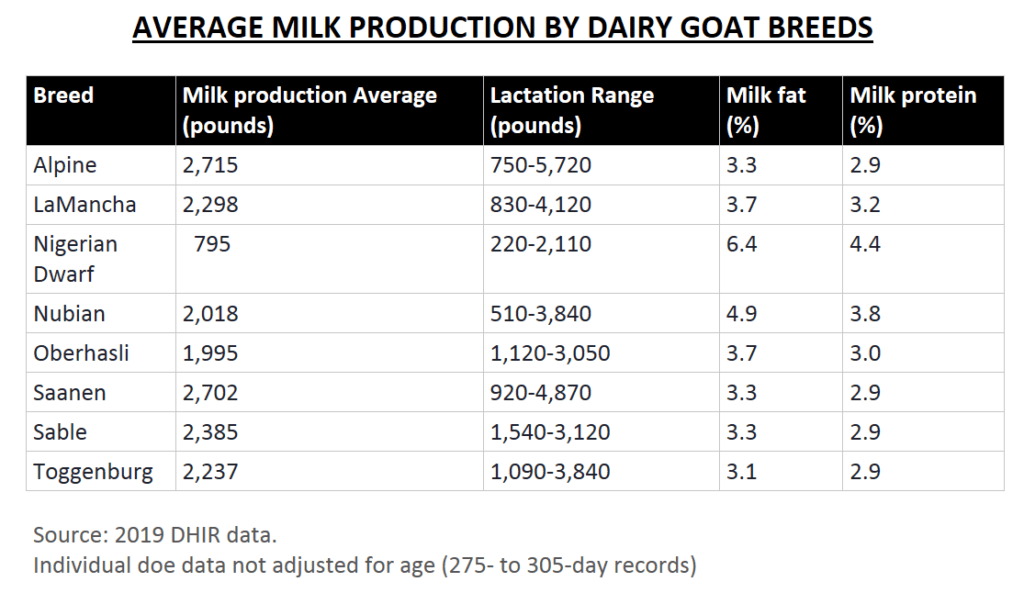
Dairy goats attains maturity between the ages of four and five months. Never bred Young ones when they weigh between 70 and 80 pounds, which is typically between the ages of seven and ten months. The gestation phase lasts between 145 -155 days, with an average of 149 days. Does normally have one to three children per year. The quality of diet during pregnancy affects birth weight as well as child survival.
Goats should be fed vitamins, protein, minerals, and an energy-rich diet for maintaining the production of milk as well as health. It is critical to supplement the diet with multiple grains to provide extra energy as well as protein, particularly throughout lactation. Grain should be fed in moderation because a diet with more grains and less fibre can cause digestion issues and reduced fat in milk.
Cost Analysis:
For 10 acres of building and fencing= $20,000
1 doe=$200
50 does= $200 x 50=$10,000
Equipment for milking and storage of milk= $25000
Operating cost=$21,00
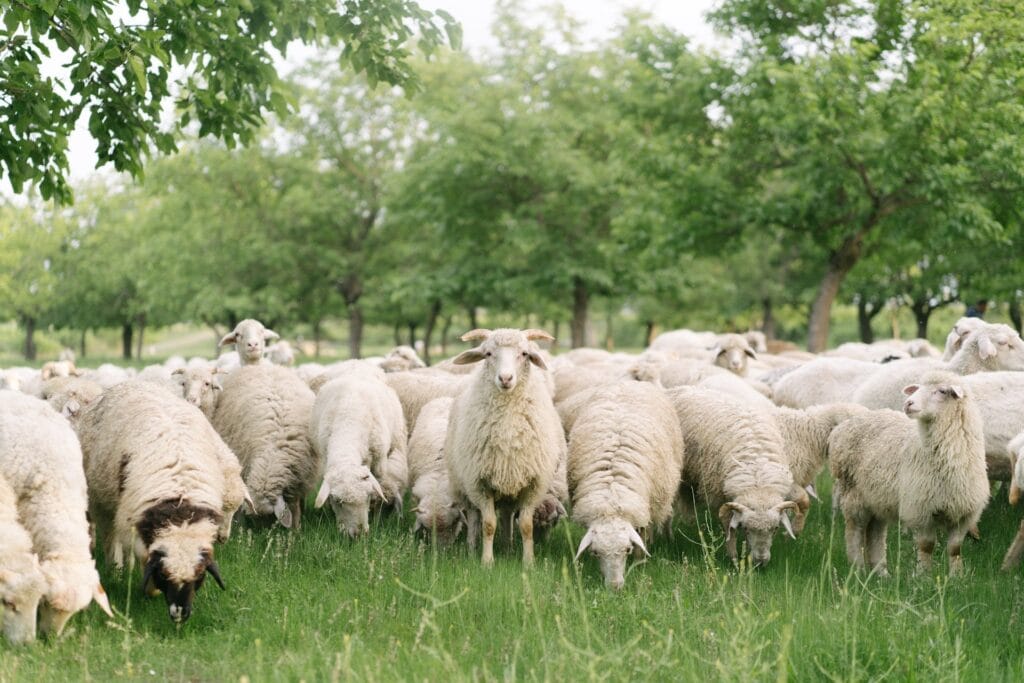
Major diseases in Goats:
Parasites are major issues in goat rearing. Important goat viral infections include contagious ecthyma, caseous lymphadenitis, para-tuberculosis, and caprine arthritis-encephalitis virus. Abortion, Foot rot, and mastitis are some of the health issues that goats face.
A variety of technologies are present to increase goat productivity. Both technological and managerial alternatives are available to increase the production of goats which is currently low in the traditional production system. The majority of farmers were keen to implement better technology, but the lack of support as well as an insufficient input system of delivery resulted in poor implementation. 
Major issues in farming Goats:
The new farmers are facing a lot of issues. These issues include the death of the goats at an initial stage due to the unavailability of vaccines. There are chances of pneumonia, tetanus, and diarrhoea, at the start of the project. Farmers are lacking the basic knowledge about the diseases of farming animals.
For a better step toward agricultural advancement, goat farming has proven to be a good addition to the market.
Publications for more information:
Morand-Fehr, P., Boutonnet, J. P., Devendra, C., Dubeuf, J. P., Haenlein, G. F. W., Holst, P., … & Capote, J. (2004). Strategy for goat farming in the 21st century. Small Ruminant Research, 51(2), 175-183.
Haenlein, G. F. (2017). Why does goat milk matter? -A Review. Nutrition & Food Science International Journal, 2(4), 87-90.
Dubeuf, J. P., Morand-Fehr, P., & Rubino, R. (2004). Situation, changes, and future of goat industry around the world. Small Ruminant Research, 51(2), 165-173.
Mundson, C. How to Raise Goats. Osceola, WI: Voyageur Press, 2008.
Baird, N., and D. G. Pugh. Sheep and Goat Medicine. Philadelphia: Saunders, 2001.
Belanger, Jerry. Storey’s Guide to Raising Dairy Goats. 5th ed. North Adams, Mass.: Storey, 2018.
Kumar, S. (2007). Commercial goat farming in India: An emerging agri-business opportunity. Agricultural Economics Research Review, 20(347-2016-16831), 503-520.
Kime, L. F., J. A. Adamik, J. K. Harper, and C. Dice. “Agricultural Alternatives: Agricultural Business Insurance.” University Park: Penn State Extension, 2019.
